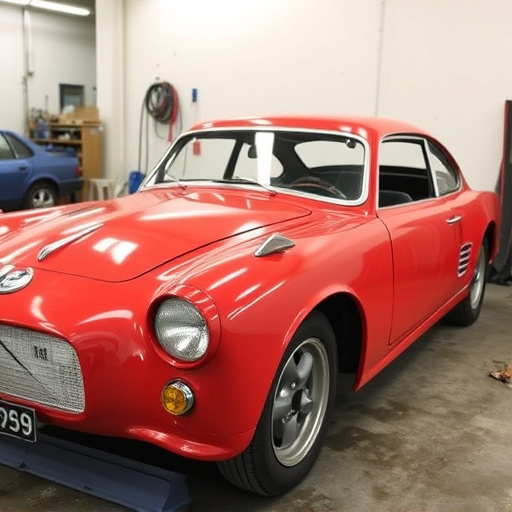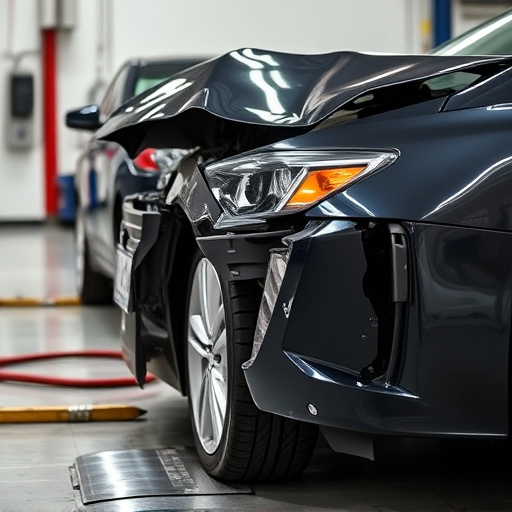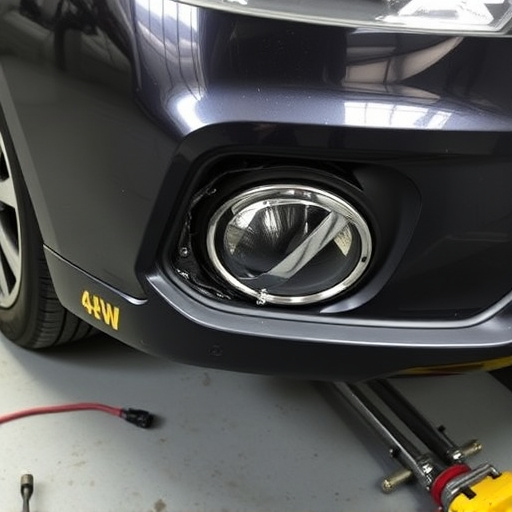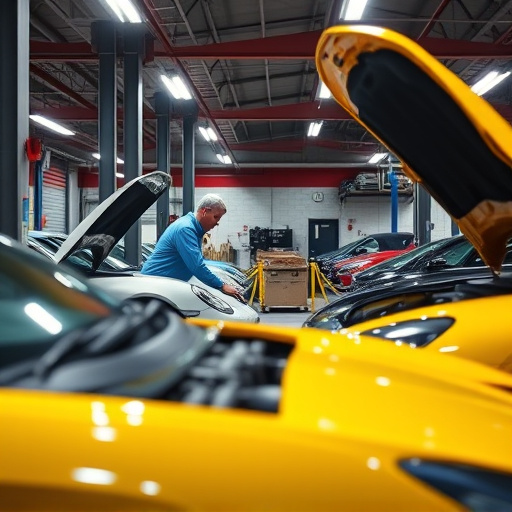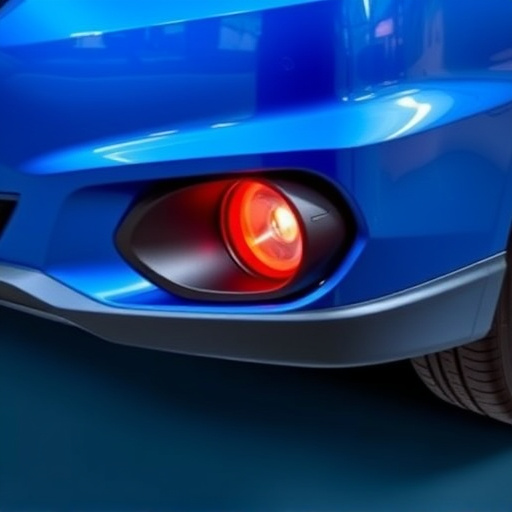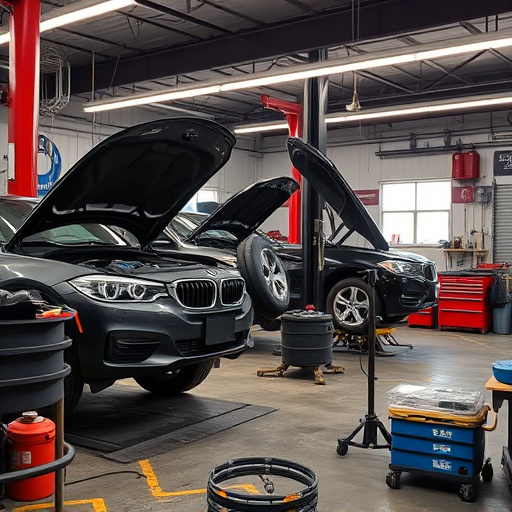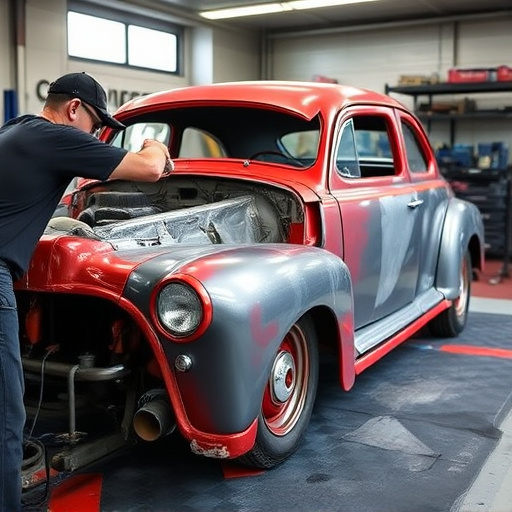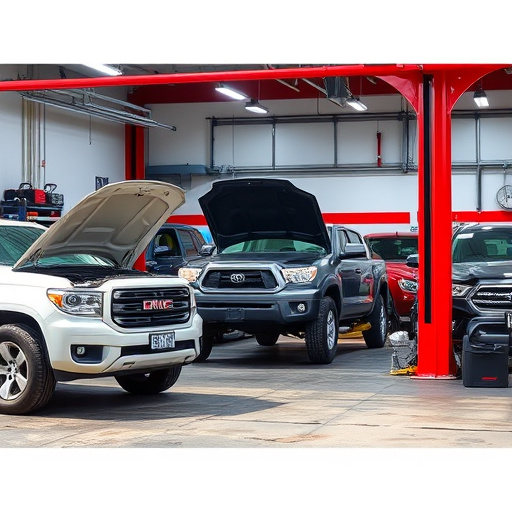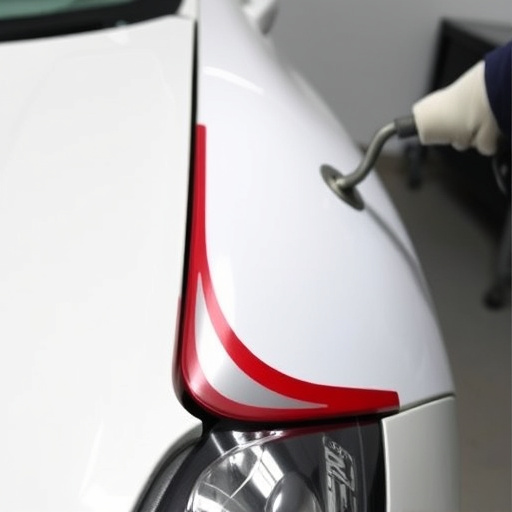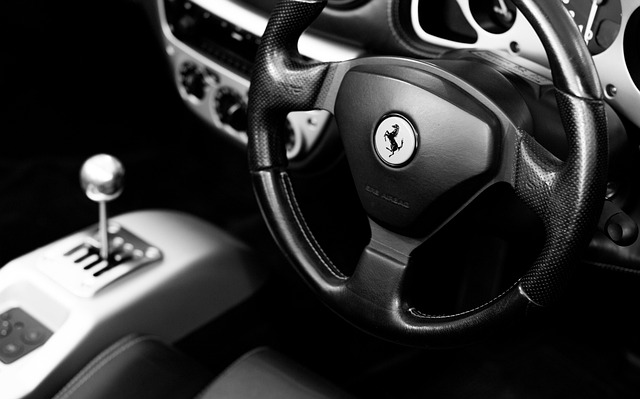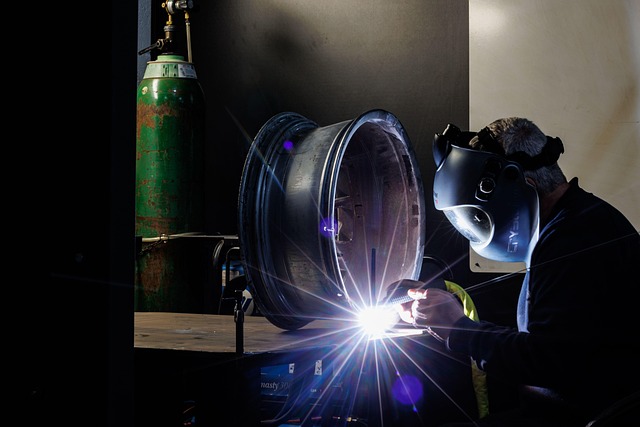PDR (paintless dent repair) transforms collision repair by eliminating traditional painting. Safety and quality depend on technician training, proper equipment like lighting systems, cameras, and specialized tools, along with adherence to best practices and regular calibration. A comprehensive quality control system ensures consistent results through rigorous inspections, audits, and feedback within a culture of continuous improvement.
In the realm of automotive aesthetics, Paintless Dent Repair (PDR) has emerged as a game-changer, offering efficient, out-of-sight damage restoration. As PDR gains popularity, ensuring safety and quality control becomes paramount for both technicians and vehicle owners. This article delves into essential aspects of PDR safety protocols, must-have tools for quality assurance, and best practices to achieve consistent, professional results without compromising the vehicle’s original finish.
- Understanding PDR Safety Protocols
- Essential Tools for Quality Control
- Best Practices for Consistent Results
Understanding PDR Safety Protocols
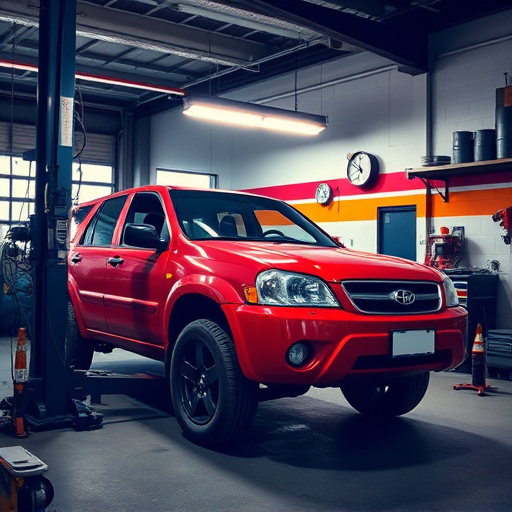
In the realm of automotive aesthetics, Paintless Dent Repair (PDR) has emerged as a game-changer in car collision repair. This innovative technique allows for the restoration of vehicles’ exterior panels to their original condition without the need for traditional paintwork. However, ensuring safety and quality control is paramount during PDR procedures. Auto repair shops employing PDR techniques must adhere to strict protocols to safeguard technicians and customers alike.
Proper training and equipment are the cornerstones of PDR safety. Technicians should be well-versed in using specialized tools designed for fender repair without causing further damage or disfiguration. Safe work practices include wearing protective gear, such as gloves and eye wear, to minimize the risk of injuries from debris or malfunctioning tools. Additionally, ensuring proper ventilation in the auto repair shop is crucial, as some PDR processes may involve chemical compounds that require a safe and healthy working environment.
Essential Tools for Quality Control
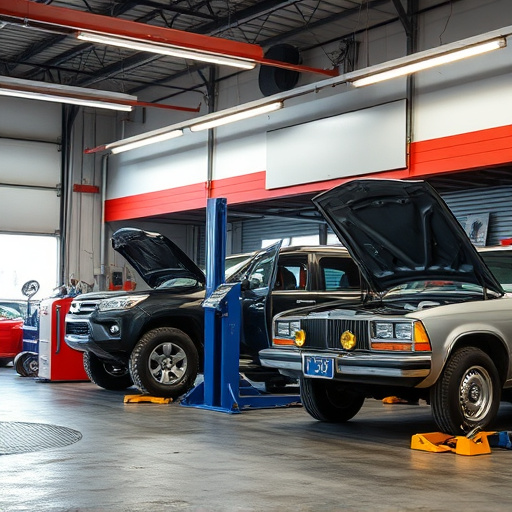
In the realm of PDR (paintless dent repair), quality control is paramount to ensure the safety and longevity of vehicle paint repair. Essential tools for this process include high-quality lighting systems that illuminate hidden imperfections, allowing technicians to detect even the subtlest damage. Advanced digital cameras with adjustable settings are crucial for capturing clear images from various angles, facilitating precise assessments and ensuring every dent is addressed adequately.
Furthermore, specialized tools such as precision dent pullers and impact guns play a vital role in the PDR process. These tools enable the skilled technicians at vehicle body shops to expertly remove dents without damaging the surrounding paintwork. By employing these indispensable tools and the expertise of qualified professionals, car collision repair can be performed with exceptional accuracy and care, resulting in a flawless finish that meets the highest industry standards.
Best Practices for Consistent Results
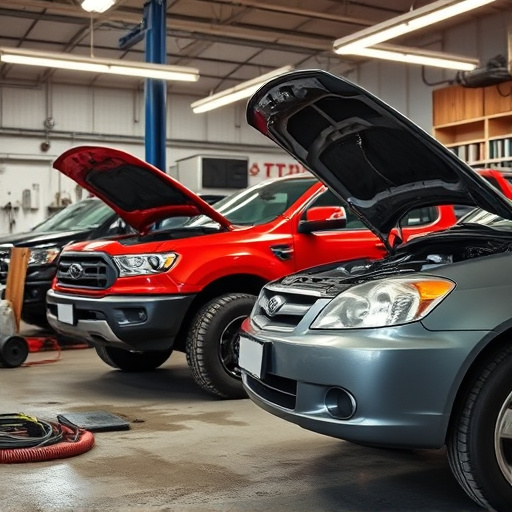
Maintaining consistent results in PDR (paintless dent repair) is paramount for achieving high-quality auto body repairs. To ensure uniformity, technicians should adhere to best practices such as using specialized tools designed for precision, regularly calibrating equipment, and undergoing continuous training to stay updated with industry standards. Standardized procedures, including proper surface preparation and meticulous application of repair materials, are essential to deliver consistent outcomes across various types of hail damage repair or auto body repairs.
Beyond individual skill, establishing a comprehensive quality control system within the workshop is crucial. This involves implementing rigorous inspections at every stage of the PDR process, from initial assessment to final touch-ups. Regular audits and feedback mechanisms between technicians foster a culture of continuous improvement, ensuring that standards are consistently met for every vehicle brought in for paintless dent repair.
PDR (paintless dent repair) has evolved into a highly effective and safe method of automotive restoration, thanks to strict adherence to safety protocols and quality control standards. By understanding the necessary precautions, investing in quality tools, and following best practices, professionals can consistently deliver flawless results, ensuring customer satisfaction and maintaining the vehicle’s original finish. These safety and quality control measures are paramount in the ever-growing PDR industry, setting new benchmarks for excellence.
